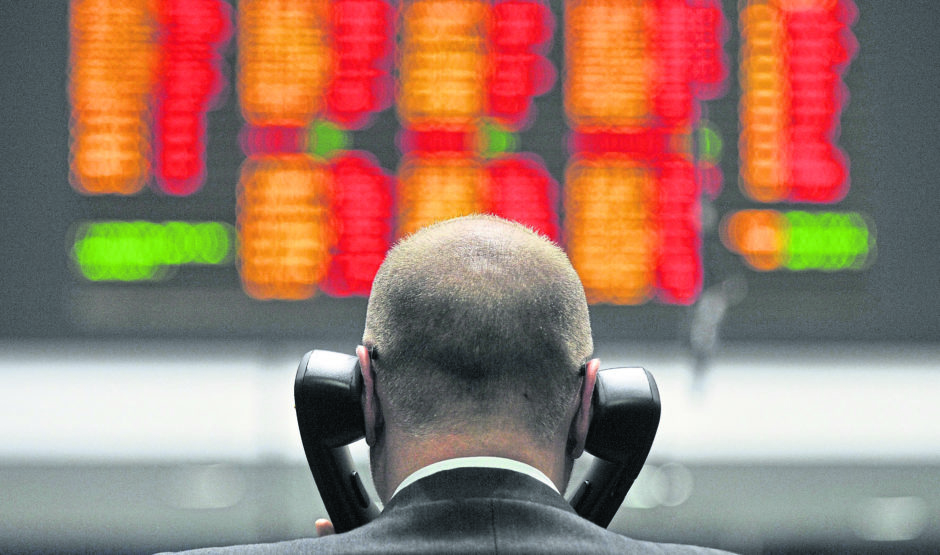
There is little doubt the first quarter of 2020 will go down in investment history as a “notable” period that investors will remember – alongside others such as 1987’s Black Monday, when US markets fell by more than 20% in one day and the global financial crisis of 2008-9.
It was notable more for the cause of the market fall – namely, the instant shut-off of revenues for many businesses around the world on account of the global lockdowns – rather than the magnitude of the fall.
After a rebound in April, global developed markets are only down a little over 10% in GBP terms so far this year.
If that wasn’t bad enough, the price for West Texas Intermediate (WTI) crude fell to a remarkable minus $37.63 per barrel.
Even ignoring this extraordinary moment, the oil price was in the $20-a-barrel price range for some time, driven by decreased global demand, an Opec-Russia spat about oil production and a lack of storage.
What is interesting to note is how UK investors have been behaving over this period. Like most companies impacted by the fall in the oil price and responding to the coronavirus, they have been focusing on reducing their ongoing costs.
For some time now, there has been a flow of investors moving out of more expensive, traditional, actively managed funds – where managers promise to beat their market benchmarks – into passive funds that seek to deliver the return of the market as closely as possible.
Recent data reveals that in Q1 2020, UK investors withdrew only £500 million from equity funds as a whole, compared, for example, to withdrawals of £4 billion in 2016 on account of Brexit uncertainty (doesn’t that feel a distant memory now?).
Digging a little deeper reveals that in Q1 2020, £2.8bn was withdrawn from active equity funds and £2.8bn invested in passive, index-tracking equity funds by UK investors, most of which occurred in February and March. So, what has caused this change in behaviour?
The main reason is that active managers failed to provide the “downside protection” we were promised. In fact, far from cushioning investors from the full extent of market falls, active funds exacerbated them. Yes, there were exceptions, as there always are.
From the start of 2020 to the end of March, for example, Fundsmith Equity declined 7.9%, compared to 15.7% for the MSCI World index. But overall, active fund performance was poor. According to data from SCM Direct, the average fund fell 2.1% further than the index over the same period.
Of course, this is not to say that the recent market rout was kind to passive investors either. No market downturn is. The FTSE All-Share index was especially badly hit, falling 25.3% in the first quarter of 2020.
But, once again, diversification proved to be the best defence against falling prices. The MSCI Europe index, for example, fell 19%, the S&P 500 in the US fell 14% and MSCI Japan a relatively modest 11.6%.
Mass diversification through index funds doesn’t protect you from market risk, but it does shield you from the concentration risk that is part and parcel of active investing. Even when the economic outlook is as grim as it is now, there will always be asset classes, sectors and countries that perform relatively well.
The most logical choice, regardless of the market environment, is a globally diversified portfolio that includes both stocks and bonds.
Where markets and the oil price are headed over the next five years is anyone’s guess. But at least with an index fund, you are guaranteed to receive, near enough, the market return – and you’ll also save yourself a tidy sum in fees.
Ian Campbell is a chartered financial planner at AAB Wealth
Recommended for you
